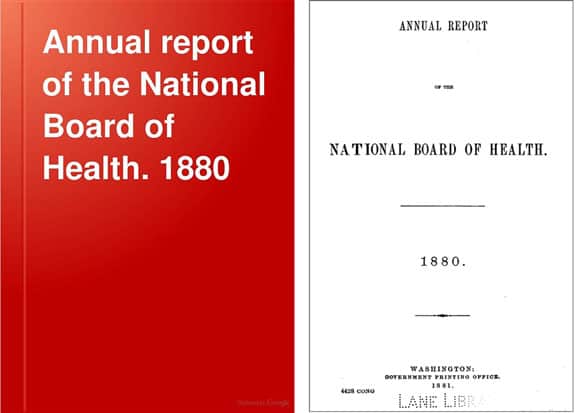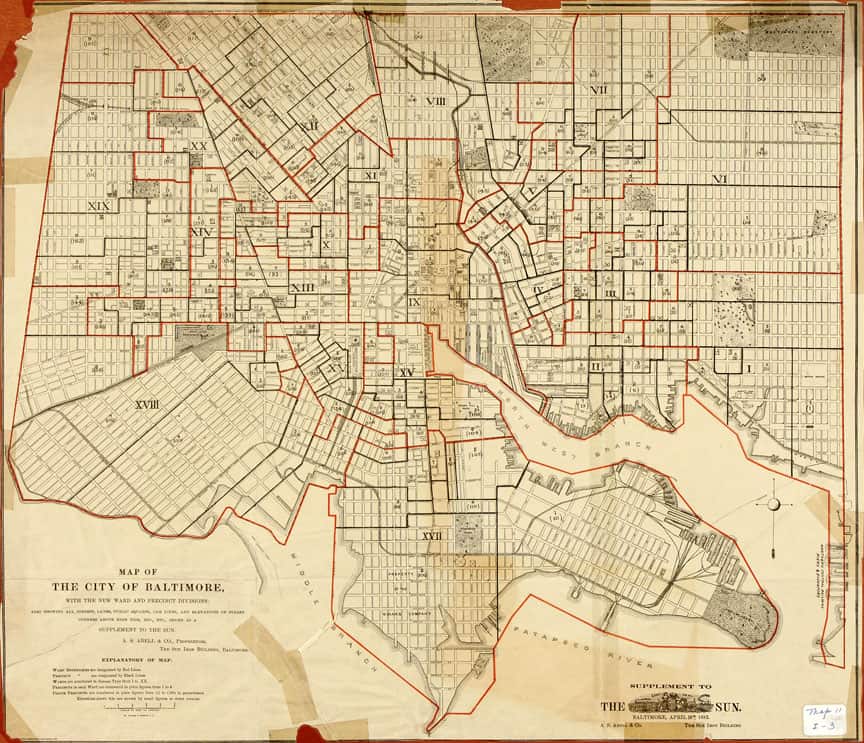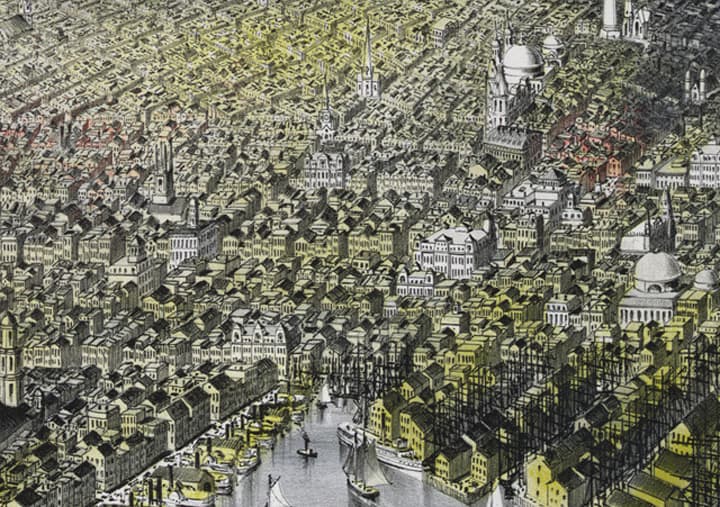Ferdinand,
James (Campiglia) suggested this may be of interest to you and others. Strong clues as to depth and location of privies in some Baltimore neighborhoods. Excerpts from report, and link provided on word doc. Many privies were attached or very close.
Thanks, Reg (Shoeman)
[Update 18 April] Ferdinand, Ran across this 1886 set of ordinances from the Baltimore Mayor and City Council. Six years after the Sanitary Survey showed deplorable conditions in some neighborhoods they finally acted.
Ordinance number 79, An Ordinance to better protect the public health and improve the sanitary condition of tenement and lodging houses is covered on pages 101-104 of the ordinance book. It says, in part, No privy well shall be allowed in or under or connected with any such house…
So, under the floors, in the cellars, and along the the outer walls… of tenements and boarding house.. an unknown number of Baltimore privies, abandoned in 1886, are waiting to be found.
Thanks, Reg Shoeman
Sanitary Conditions in Baltimore
from Annual Report of the National Board of Health – 1880
Strong clues as to depth and location of Baltimore privies
Sanitary survey of sections of the city of Baltimore, Maryland
See pages 515 – 526
Second Ward embracing portions of Broadway, Thames, Ann, Fell, Wolf, Block, Philpot, Lancaster, Bond, Dallas, Caroline, Register, Durham, and Aliceanna streets. 547 houses were inspected containing a total of 3,553 inmates ….
In the case of 8 houses inspected on South Bond, South Dallas, South Caroline, Lancaster and Thames streets the greatest depth of privies was found to be 40 feet while the minimum and ordinary depth was only feet, the maximum liquid contents polluting foundations and occasionally flooding with stagnant and offensive fluids. The maximum distance from the house is 90 feet while in many cases the privies are attached to the sides of the houses or within 2 or 3 feet of them …..and discharge their offensive effluvia through open windows or doors into the sleeping or sitting apartments.
Some of the lots have at different times had as many as five privy vaults which after becoming full have been successively abandoned for a new vault or rather for another hogshead it being found cheaper to cover over the full cess pool and sink a fresh pit or hogshead…..
Sixth Ward embracing portions of Orleans, Broadway, Bethel, Bond, Jefferson, Central Avenue, North Caroline, North Dallas, McEldry, North Eden and North Spring streets. In this district 452 houses were inspected containing a total of 2,223 inmates or an average of about five persons to a house … One hundred and eight privies were found in bad condition many of them overflowing and completely saturating the surrounding soil Twenty five of the entire number are self draining and all the rest require frequent cleaning their usual depth being about 4 feet In many cases they are close to or actually attached to the sides of the houses.
Sixth and Seventh Wards embracing 350 houses on Central Avenue, Monument, (Milli man), Spring, Caroline, Dallas, Walker, Boundary Avenue, McEldry, Joppa and North Bethel streets with a total population of about 2,500 human beings Ninety percent of the houses inspected in this district were shallow privy vaults not more than 5 feet in depth. Some located in proximity and others 1 to 10 feet away from the house.
Read More: Leading up to Baltimore Glass Works
Read More: Woods’ Baltimore City Directory – 1864
Read More: Privy Digging – The Hole Story












